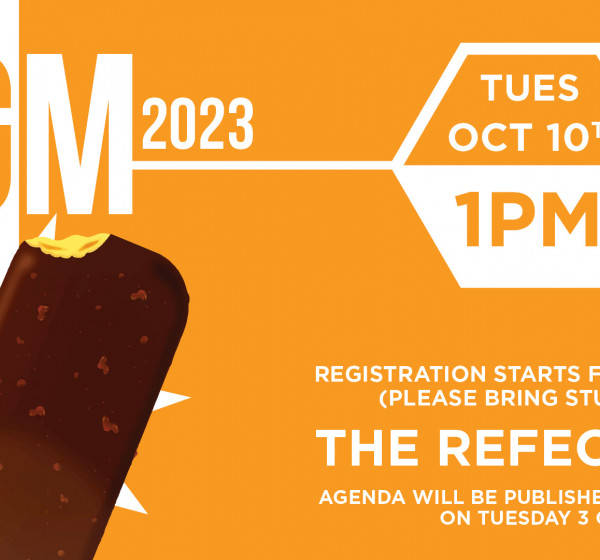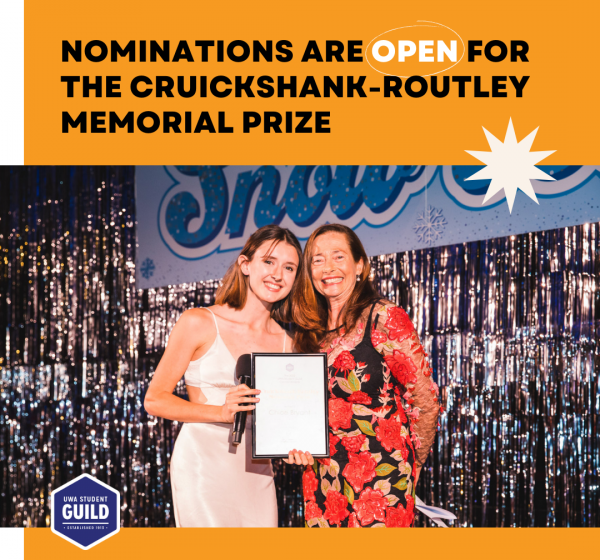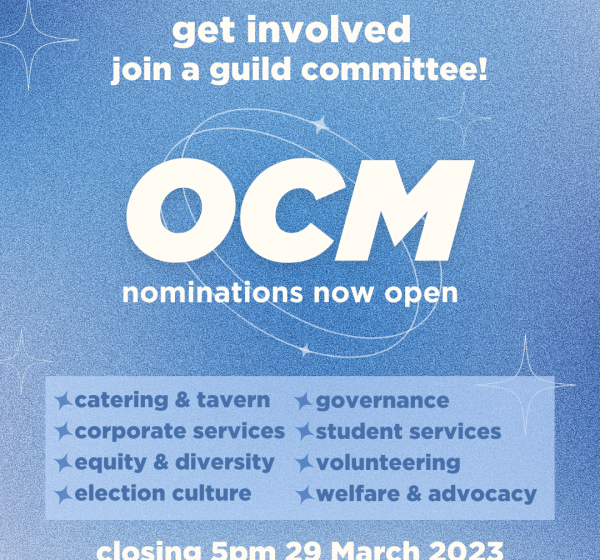For over 11 years—nearly half of my lifetime—I’ve worn the hijab. What began as a cultural Islamic “crowning” at my ninth birthday, marked by a bejewelled white gown and a sparkling white hijab, became a central part of my identity. At that moment, I thought I was simply embracing a beautiful tradition, but little did I know that the hijab would become the forefront of my existence, defining how the world would see me before I could even speak.
Wearing a hijab in Australia, particularly while growing up in affluent, predominantly white suburbs, has meant that I cannot separate my identity from my hijab. In these settings, it is not just a piece of cloth; it becomes a signal, a target, and a statement—whether I want it to be or not.
Before I even wrapped my first hijab, my appearance already set me apart: brown skin, a big nose, and lunchbox contents that didn’t resemble the Vegemite sandwiches of my peers. The hijab amplified this sense of difference. Each morning, as I wrapped it around my head, it felt like I was placing a big, red bullseye on my back. I walked into classrooms and schoolyards where it was clear that I didn’t belong—not because of who I was as a person, but because of what I wore on my head.
In those moments, I wasn’t just another girl in school; I was the hijabi girl. And this hijab, which represented so much more to me than the surface-level assumptions people placed on it, became the sole lens through which others saw me. My identity as a hijabi took precedence over everything else—my personality, my humour, my talents—was overshadowed by what I represented. To my peers, I wasn’t just an individual; I was a symbol of something they didn’t understand.
In school, the hijab wasn’t just a cultural symbol; it became the reason I was often quietly, but deeply, excluded. Throughout my life, I was met with mocking remarks, clueless questions, and whispered comments behind my back. People would ask me things like, “Why do you wear that?” or “How long is your hair underneath?” Some would even wonder if I showered with it on or suggest that I must wear it because I had cancer.
A particularly memorable experience was at our annual school ball, where partner dancing was mandatory. As everyone else hurried to find a partner, I stood waiting, unnoticed. In the end, I was reluctantly paired with the only other person who looked like me—one of the few children of colour in the entire cohort—because no one else chose us.
In those moments, I learned that I was undesirable in the eyes of my peers, not just because of my big nose or big teeth, but because of what my hijab represented. The shame of standing there, the last one left, was not one I could endure year after year. So, I started making excuses, telling my parents to inform the school that I couldn't participate in partner dances for "religious reasons." In reality, it was my own internalized fear of being humiliated again. My hijab, which symbolized dignity and modesty to me, became a barrier between me and my peers, a visible sign that I wasn’t considered beautiful, or even worthy of basic participation in their world.
As I entered middle school, I started to develop a more extroverted personality, attempting to balance the expectations of my traditional Muslim family and the social norms of a white, affluent school environment. However, even as I grew louder and more confident, my hijab anchored me firmly on the periphery of my friends' experiences.
When my non-hijabi friends talked about crushes, first kisses, and sneaking into parties, I listened, but my role was clear. I was the observer, the supportive friend who could never quite participate in those stories. It wasn’t that they excluded me intentionally—it was simply understood that the life they lived wasn’t one I could share. My hijab, along with my family's expectations, built a wall between us. It was always there, even in the moments of laughter and camaraderie.
There were more overt moments of discrimination, of course. Being called a "terrorist" or a "walking time bomb" were phrases I brushed off as jokes at the time. It seemed easier to laugh it off than to confront the reality of what these comments truly represented. I fashioned these experiences into funny stories to tell others, but they left a mark, one that deepened my understanding of what it meant to be visibly different in Australia. My hijab, a symbol of my faith and my culture, also became a symbol of fear and misunderstanding in the eyes of others.
As I navigated these environments, I realized that I had to work twice as hard to be seen for who I truly was. My hijab made people draw conclusions before I had the chance to open my mouth. It defined my identity in spaces where I was already a minority—a brown, Muslim, hijab-wearing girl in predominantly white spaces.
Being a hijabi in Australia means that my identity is often decided for me before I have the opportunity to express myself. The hijab is a part of me, but it does not define the totality of who I am. However, in the world I grew up in, it often felt like the hijab came first, and the person underneath was secondary.
It has taken me years to reconcile this reality. I have learned to reclaim my identity and demand to be seen, not just as the hijabi, but as the person beneath the cloth. While the world may still see me first as a woman wearing a hijab, I am determined to show that this is just one facet of my identity. I am more than the assumptions placed upon me, more than the stereotypes I’ve had to endure.
But in doing so, I refuse to minimize the importance of my hijab—it is both my crown and my armour. It carries the weight of my faith, my culture, and my history. It is a source of strength, even in the moments when it felt like a burden.
Being a hijabi in Australia is not easy, but it has given me the strength to carve out space where I can be unapologetically myself. My hijab, once the forefront of my identity, now sits beside all the other parts of me, no more, no less important—but forever intertwined with who I am.
This article is the first in a series of blogs produced by the Ethnocultural Department to share the stories, experiences and perspectives of students who identify as Culturally and Linguistically Diverse (CaLD).

 Tabarek Alhaffar
Tabarek Alhaffar 







